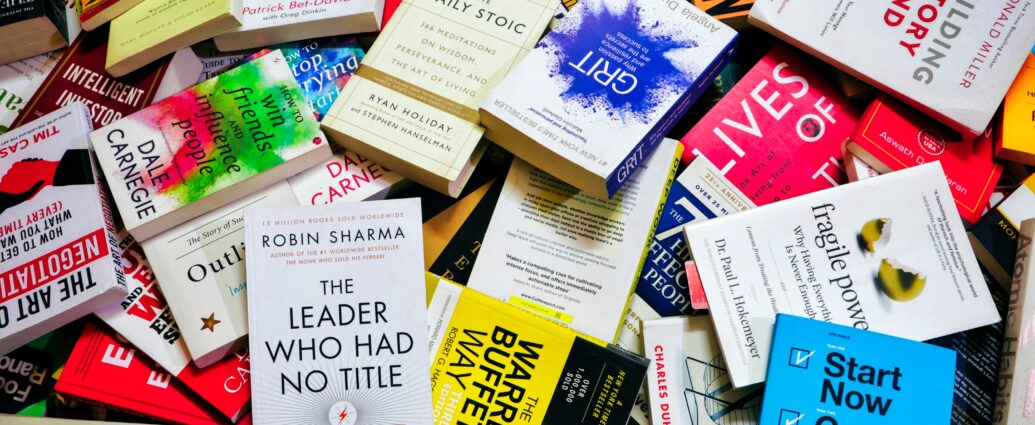Rebekah Lovatt
In a modern world trying to make itself compatible with the growing conversation surrounding mental health, we have found ourselves turning to the greatest source of knowledge that we have: books.
However, today’s society has a relentless thorn in the side of progress. As a society, we contend with a constant desire to be strong and independent: or at least appear this way. This desire has made way for a literary storm and the birth of a new genre in the shape of the self help book.
Market research has estimated the self help book to be one of the most profitable areas of literature in the past few years. The sale of self help book is now estimated to exceed 10 million annually. Thus, given their newfound influence and accessibility, we must ask ourselves an important question. Is the self help book really a help or a hindrance?
The self help book you need to read:
First, we must turn to the authors behind the books. In recent years, figures such as Matt Haig, Eckhart Tolle and Vex King have created much of a buzz.
To me, it is Matt Haig who has broken down barriers in the world of fiction and non fiction. His works ‘The Comfort Book’ and ‘Reasons To Stay Alive” have become notable sources of popularity. Following its publication in 2021, ‘The Comfort Book’ soared to the top of bestseller lists and is a prime example in considering the impact of the self help book.
“It champions the priority of character value rather than that of appearance”
The book takes the shape of small ‘consolations’, with ambiguous titles like ‘wolf’ and ‘burn’. These encourage a depth of thought about daily life in a way riddled with themes of self-betterment and hope. Throughout the book, Haig is making clever use of popular culture with reference to ‘Ferris Bueller ‘ and ‘Hummus’. Therefore, Haig clearly attempts to make his musings as accessible as possible. Its ambiguity is intentional to make the messages of the book more universally applicable.
The book deserves praise for the way that it makes information digestible for the reader and there is a use of language that prioritises meaning over complexity. Generally, the meaning conveyed in the book is important and appropriate. It champions the priority of character value rather than that of appearance, one important today.
In my reading of The Comfort Book, there was one particular part of the book that left a resounding and poignant impression. It is titled ‘The Power of Why’. At first glance this may read like just another vague and untruthful title. However, I found this passage to be the most fruitful in my reading.
Through the analogy of a six-pack, Haig comments on the catharsis of the written word. By asking ‘why do I want a six pack?’, Haig is able to reach the conclusion that it was never about the six pack. Instead, it was about impressing other people. As such, he describes writing to be an ‘awakening of another part of you that helps to diminish the craving’.
This conclusion is important to the creative that many of us are, or those facing pressure in an academic or working environment. The role of the writer is made relatable and easily translatable.
Amongst the self help books that I have read, The Comfort Book stands above the rest. Its message is easily accessible and there is an earnestness with which Haig writes. Instead of trying to tell the reader how to make their life better, Haig’s book lends itself to being a resource of hope.
The dangers of the self help movement:
When pondering the puchase of a self help book, there are some things which must be relayed.
“a dangerous precedent”
The problem lies in the name of the genre itself. The very concept of the ‘self help’ book could be dangerous to those who would gravitate towards this type of book. The self help book promotes a certain element self-sufficiency. This is incongruous with progress in mental health.
The culture of the ‘stiff upper lip’ has been a dangerous precedent that mental health advocates have been trying to defy for years. The genre dangerously suggests that recovery is the burden of the sufferer. It is this connotation of personal responsibility that deters those suffering from going out and seeking pivotal external help.
The self help book – to read or not to read?
To me, The Comfort Book seems to be anomaly in its usefulness. I would urge those seeking comfort and representation in a book on mental health to turn towards other avenues. Though it may seem counter-intuitive, some of the most genuine presentations of mental health I have seen are works of fiction. Particularly so in the world of television.
“an unfiltered portrayal of the complex relationship between masculinity and mental health”
The most convincing and utterly redefining for me came when watching Normal People. In his BAFTA winning performance as Connell, Paul Mescal performed a painstakingly poignant portrayal of a therapy session. It was an unfiltered portrayal of the complex relationship between masculinity and mental health. As a viewer, it brought to me a greater depth and understanding than any self help book I have read.
Subsequently, it would be my instinct to direct you towards other outlets in presentations of mental health. The often misguided hype of the self help book should be directed to be encouraging more representation of mental health in books and television.
Finally, I would like to list some resources for any of you who may be struggling or wish to develop a greater understanding of mental health.
Samaritans: 116 123
Featured image courtesy of Shiromani Kant on Unsplash. No changes were made to this image. Image license found here.


You’re so right, especially on the emphasis of self-dependency.